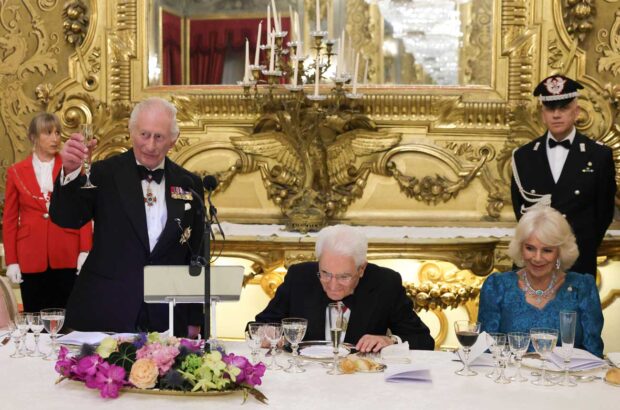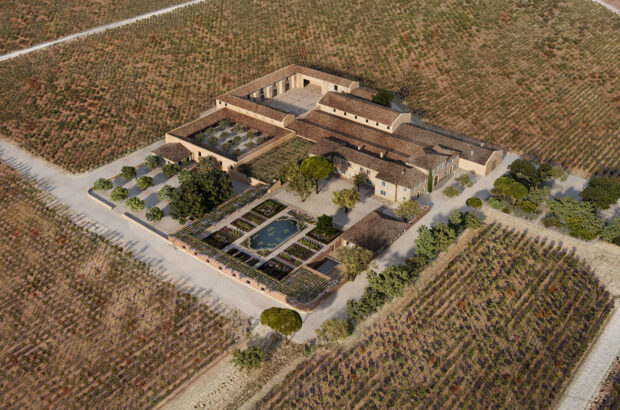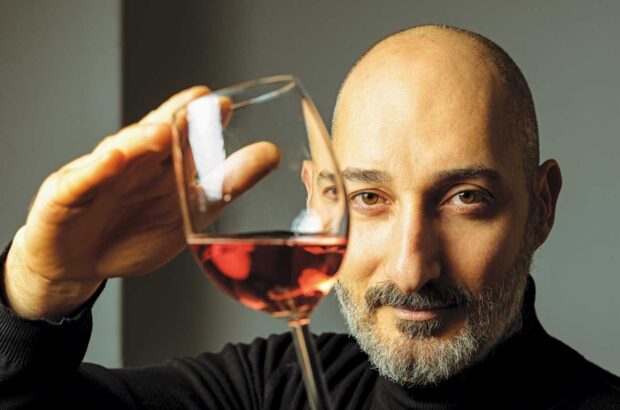Tell us a little bit about who you are and what you do.
I am the Head Sommelier at 67 Pall Mall, in London, where I’ve been since 2014. Before that I lived and worked in Italy (in fact for a Franciacorta producer). My passion for wine led me to move because, in my view, London is the best place to be exposed to and learn about wines from all over the world. Having said that, I’ve remained particularly passionate about the noble Italian wines – Barolo, Barbaresco, Bolgheri, Franciacorta. I also judge widely, including for Decanter.
What was your first experience with the wines of Franciacorta?
It’s hard to remember, I was very young. I grew up in Brescia and my father and I would explore the region’s vineyards and producers on weekends. As a wine lover, I first started drinking Franciacorta when going out with friends. Eventually, I even started my professional career at the offices of a Franciacorta producer.
What differentiates Franciacorta from other traditional method sparkling wines? What makes them special?
Franciacorta is a very delimited area – which means limited production – with a small, close-knit community of producers, all of whom follow the strict rules of the appellation’s ‘carnet de charges’. There are of course other renowned traditional method wine regions around the world, but few – if any – have such stringent and consistent quality standards (to do with yields, ageing requirements, farming practices, among other things). Producers – mostly boutique, family-run companies – are very quality driven and there’s a sense of cooperation, with the bigger operations also playing an important role in introducing innovation and new ideas.
From a technical point of view, the wines of Franciacorta are particularly balanced, with richer fruit and rounder acidity than its counterparts. The texture, ripeness and the creamy quality of the acid (we call it ‘digestible acidity’) make Franciacorta wines particularly suitable for food pairing. As a sommelier it’s particularly interesting to be able to work with this.
So how and with what can you pair Franciacorta wines?
They make an excellent aperitif but can also be served at any stage, from the beginning to the end of a meal. And not just with Italian food. The wines are very versatile and suit a variety of international cuisines. Franciacorta goes really well with Japanese, Thai, even Indian food, with the texture and soft acid really balancing the spiciness and heat.
Of course you have worked with Franciacorta for a long time. How have you seen the evolution of the region and the wines?
There’s been, especially in the last 10 years, an interesting evolution, with younger winemakers, with a lot of knowledge, technical expertise and exposure to international wines, starting their own projects in the region. By understanding the international context they’ve actually been more eager to highlight the terroir and uniqueness of Franciacorta, helping place the wines on the world stage. There’s an increasing understanding and emphasis on the region’s multiple terroirs – from the Pre-Alps to Monte Orfano or the Moreinic Amphitheatre – while also giving wines a distinct winemaker’s fingerprint. So there’s more terroir expressiveness and personality. And more knowledge – technical and of the local microterroirs – has also meant the quality and ageability of the wines keeps improving. We mustn’t forget that this is a young appellation and producers are still discovering its full potential and terroirs diversity.
Can Franciacorta wines age?
Absolutely. The wines are perfect for consumption upon release – especially if we look at the non-vintage – but can definitely be put away. The Millesimatos and Riservas in particular can have a long life ahead. They’re a great personal investment; you can put them away for five, even ten, years, and they will really develop. I’ve been fortunate to taste some older vintages and the wines showed great longevity.
How is Franciacorta showcased at 67 Pall Mall? As a Head Sommelier how do you position it?
The wines (and producers) are increasingly known as premium traditional method sparkling. For a long time they were being put in the ‘Italian sparkling’ bracket and it’s been a long education process, making people more aware of the character and quality.
So the way I like to communicate Franciacorta is: first of all ‘Italian high quality’; then ‘Traditional method sparkling’. In a place like 67 Pall Mall consumers – who are very knowledgeable wine lovers – really understand this already.

If you had to pick one style of Franciacorta as a personal favourite, which one would you choose?
I would probably say the Satén. Because it is a signature style that conveys many of the things that make Franciacorta special: the texture, the integration of the autolytic aromas, the balanced acidity, the quality . And it’s a great wine to make people understand the essence of Franciacorta and what the appellation is doing, without imitating any other region – you will never find a wine like Satén anywhere else. From there you can move to more specific styles, such as Millesimato, that will allow you to become more familiar with the specifics of terroir.
And what do you think of Franciacorta’s own grape, Erbamat? What do you think it brings to the wines?
The characteristics of the grape bring out citrus aromas and crispier acidity. So it adds a refreshing character to the wines. But what I value the most is that, by using Erbamat, Franciacorta is reclaiming a grape that has been grown in the region for centuries and is part of its history. So it helps increase the singularity and recognition of the appellation through the use of an indigenous grape variety that isn’t grown in any other sparkling wine regions. It also catalyses the study of terroir and interest of younger producers.
Discover more about Franciacorta
Connect on
Facebook | Instagram | Twitter | YouTube








